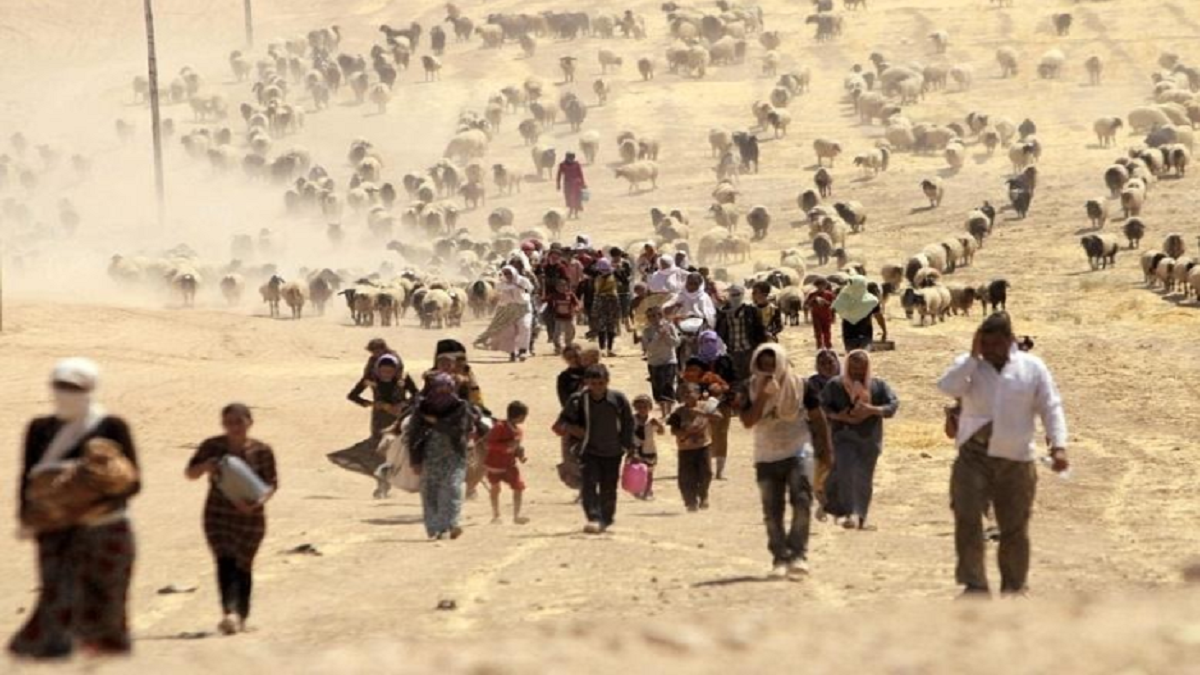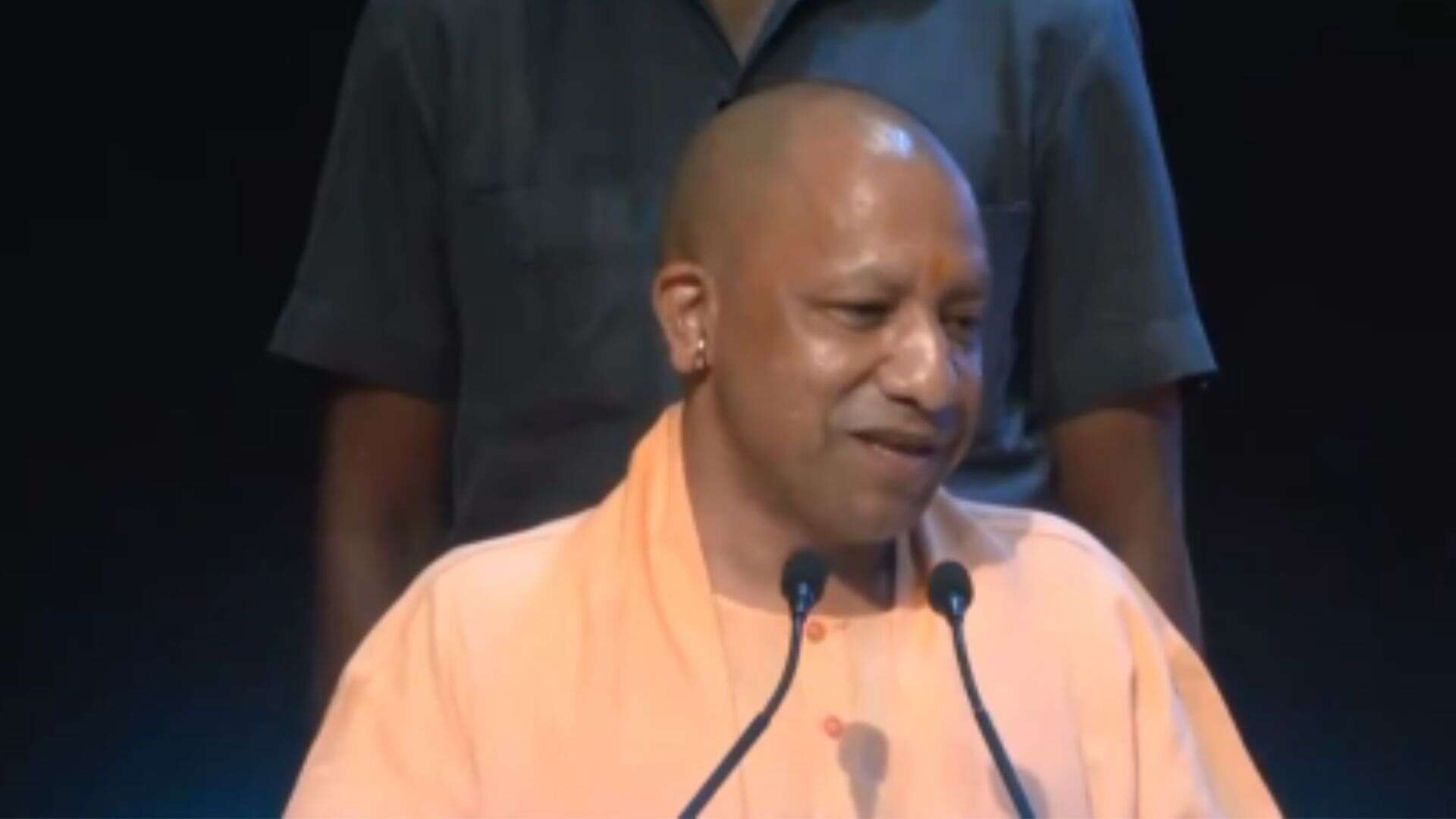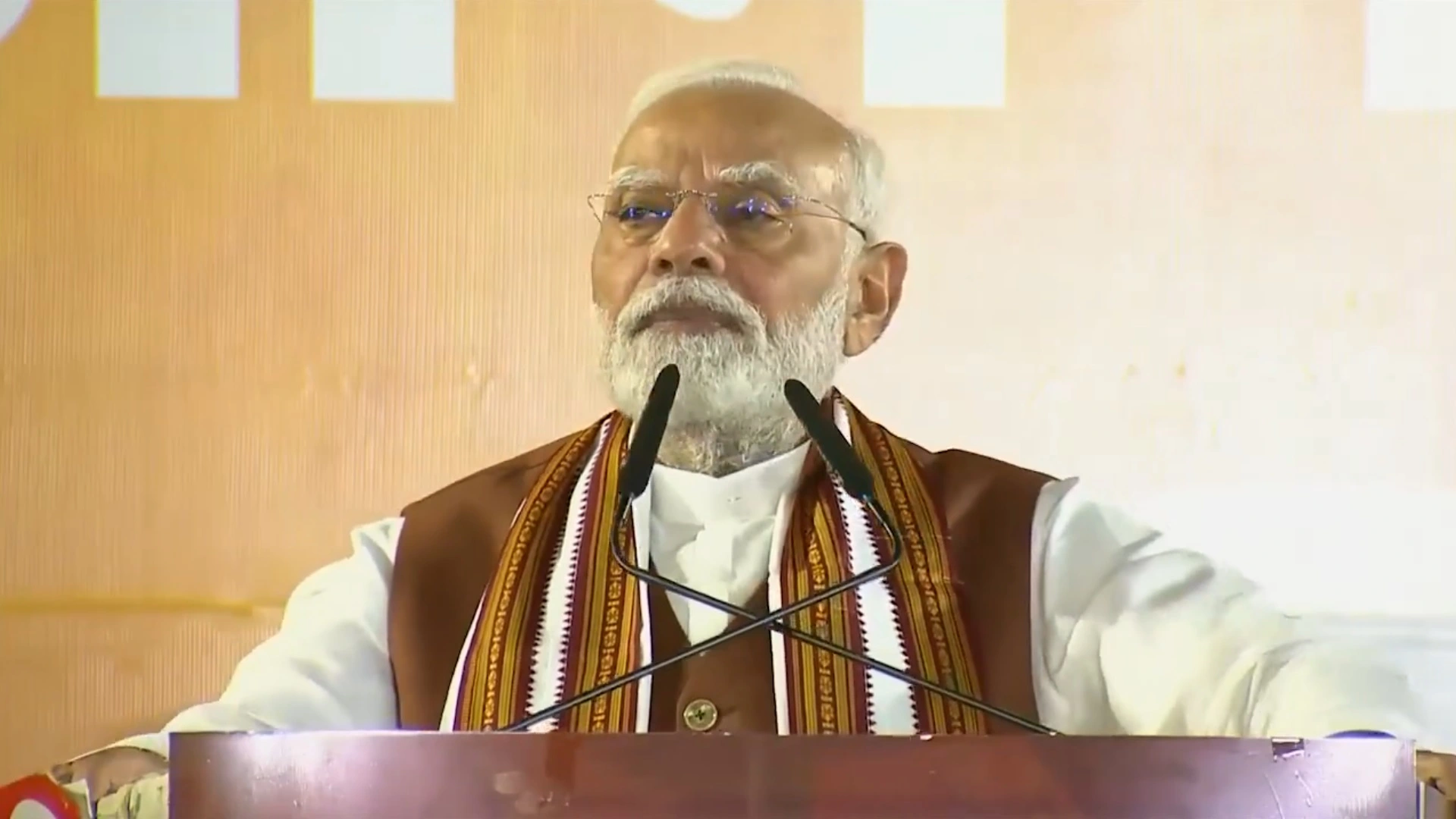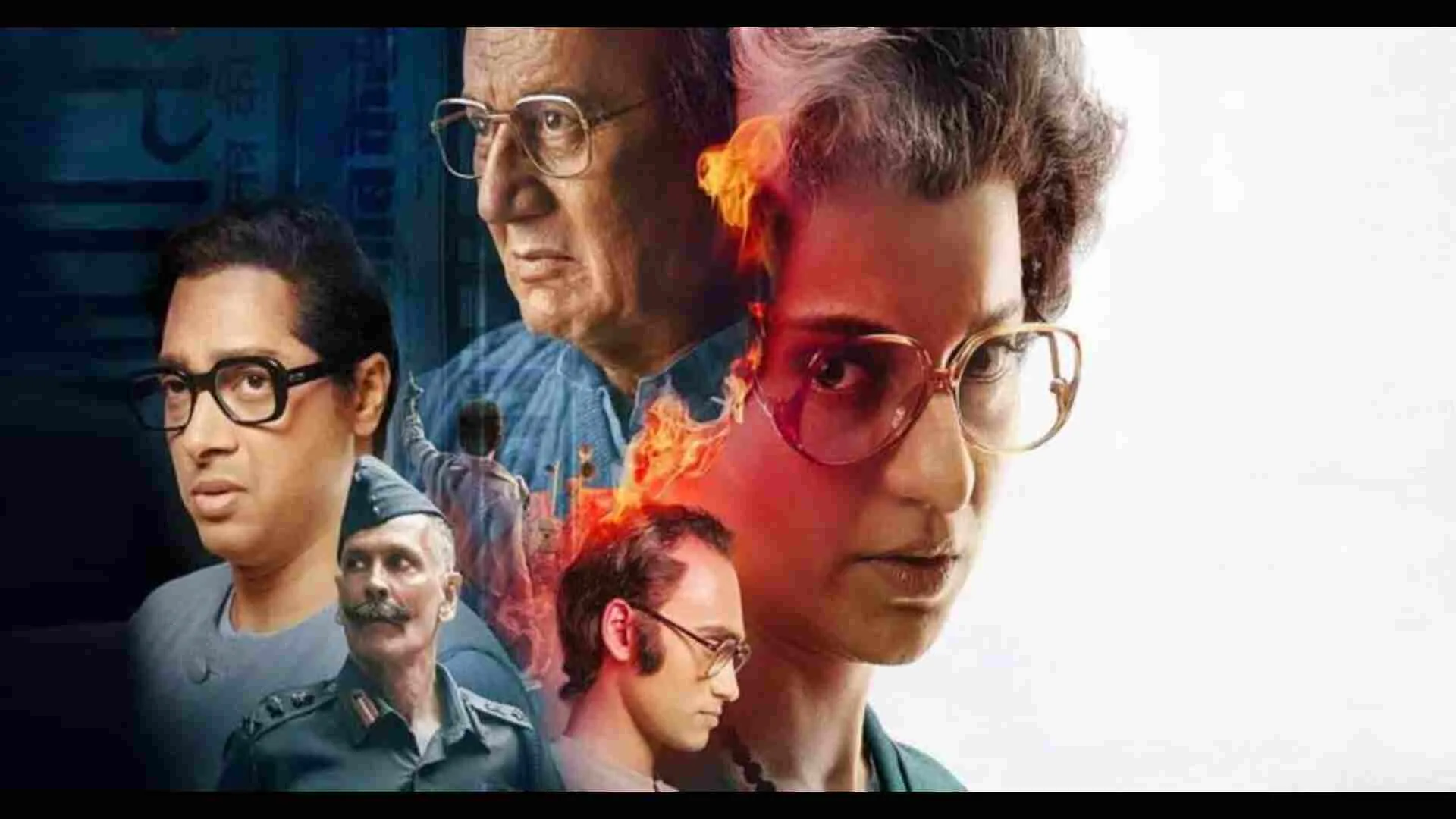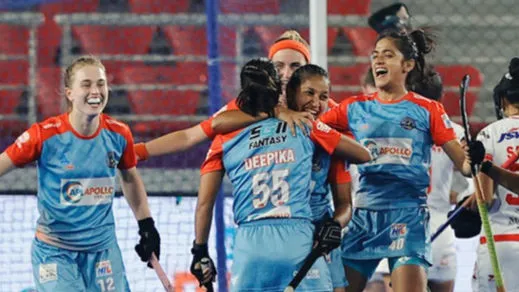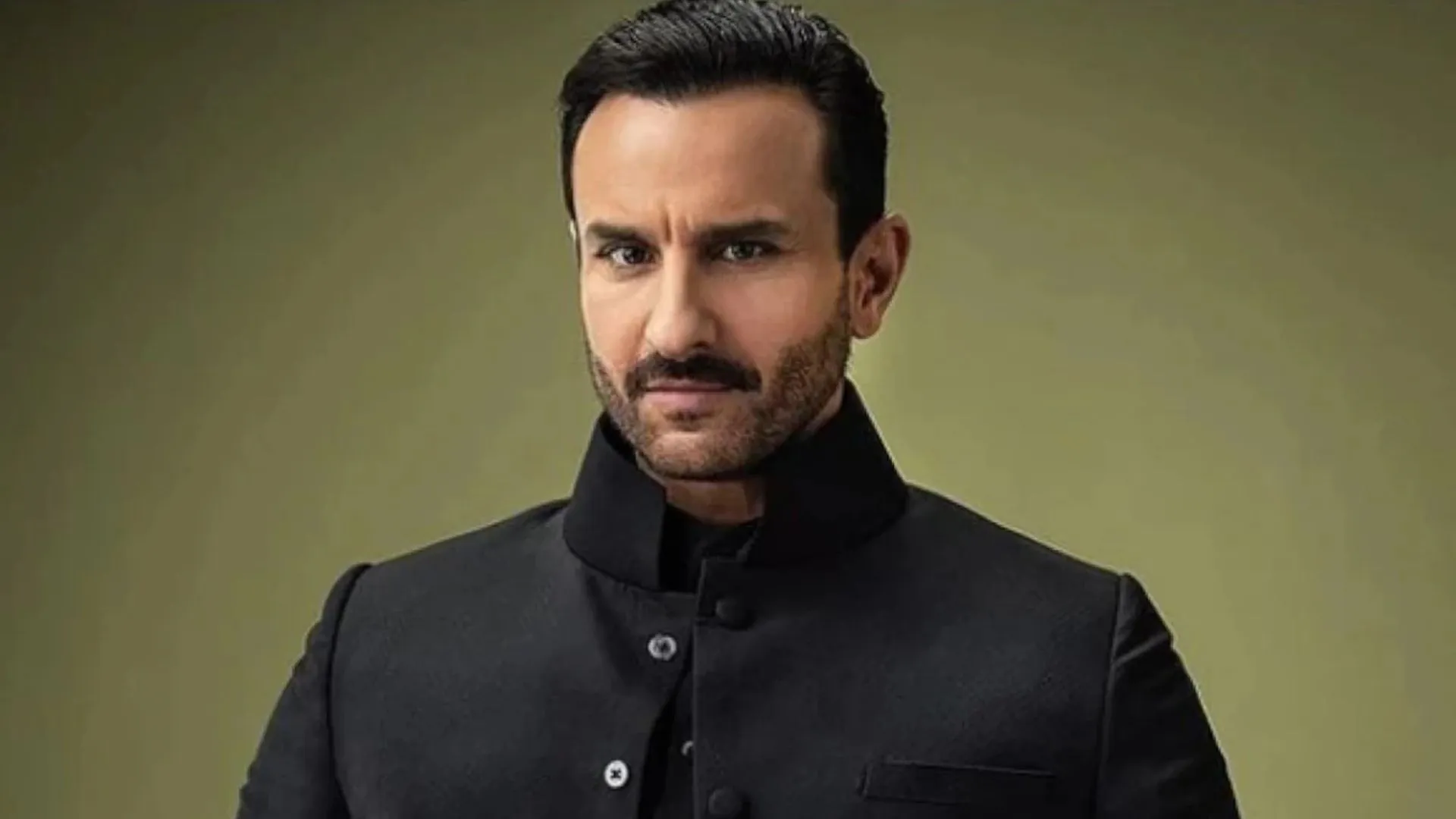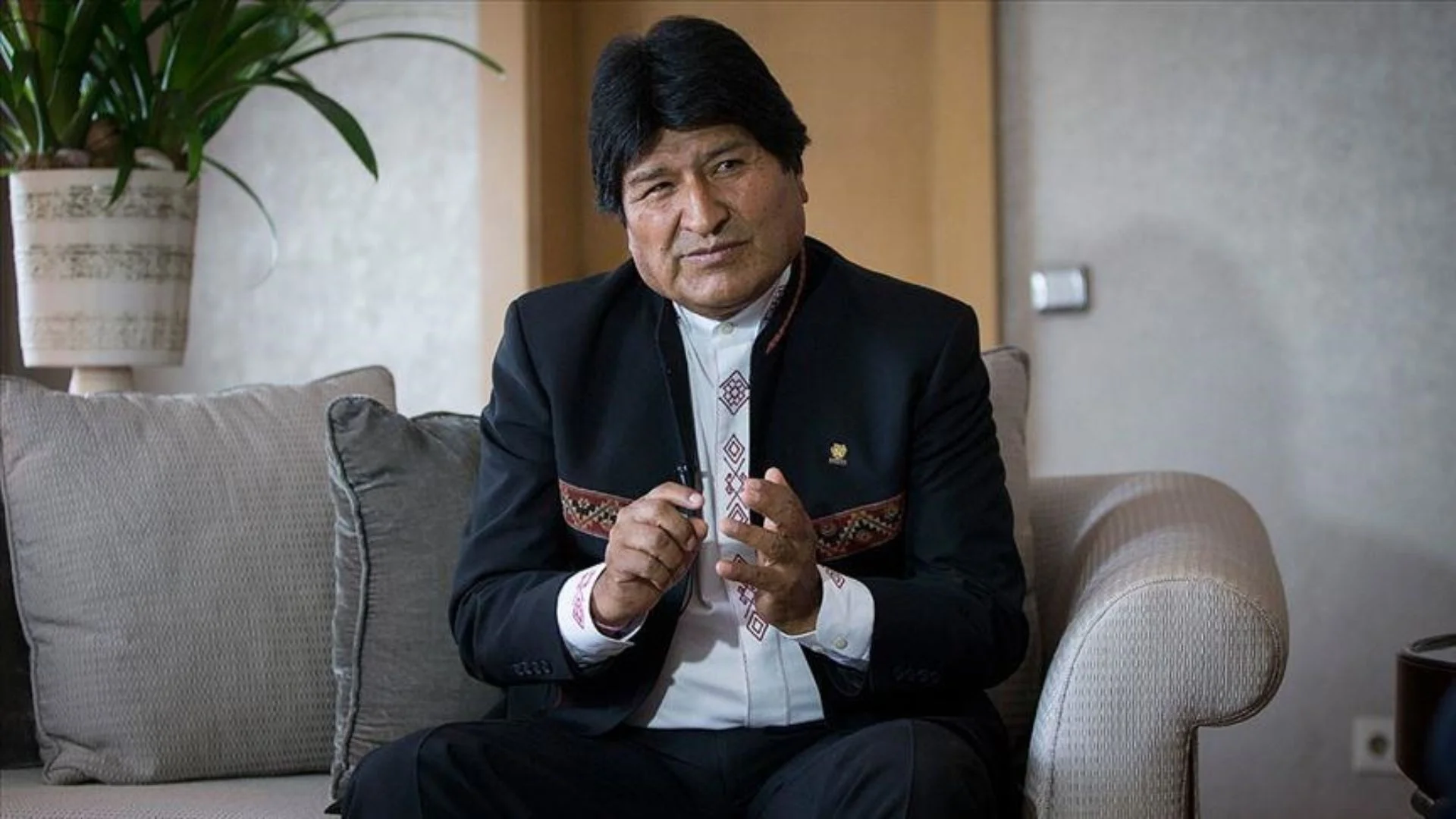Given the recent release of my thriller novel, Pokhran, I wanted to take this opportunity to reignite the debate about international refugees and India playing its part as a benign world leader in alleviating their plight. Zara, the female lead in the novel, is a beautiful Yazidi female that is the love interest of the novel’s protagonist, Chaitanya. The character of Zara derives its inspiration from a real-life Yazidi femme that happened to be a successful architect that ultimately met a terrible fate during the recent Syrian conflict. Apart from her amazing intellect and her undeniable charm, it was Zara’s shared sense of values that brought Chaitanya and Zara together, and bound them both in love that lasts forever.
Despite the fact that Yazidi religion shares quite a few striking similarities with the Vedic religion (Vedic is the best way to describe the current day Hindu religion, as that namesake didn’t exist till relatively recent history when Mughals invaded India), there is very little awareness of the Yazidi religion across the collective Indian consciousness. The purpose of this article is to highlight some of the key similarities between Yazidi and Vedic religions, and make the case for India to expand its sights outward by picking up the baton for addressing the plight of refugees across the globe.
Yazidi and Zoroastrianism share a common genesis in borrowing heavily from the Vedic religion that was prevalent in the region over 3,000 years back. Although there is a bit more awareness of Zoroastrianism with the emigration of Parsis (people of Iranian origin that emigrated to India in waves between 600 and 1400 AD; and it was in India that they found refuge while they were prosecuted in their own country as well as in most other places including China, during the Guangzhou Massacre), there is very little awareness, among the Indian population, with regards to the Yazidi religion and even less so to the genocide being faced by that community in the middle east.
Given that context, the reason to bring up the similarities between the Yazidi and Vedic religion is to build a sort of emotional bridge so that there is broad-based support among the Indian population to wake up to the plight of the persecuted in the rest of the world and nudge all of us to take action. The most glaring and obvious similarity is the main deity in Yazidi religion — TawuseMelek — the peacock angel who is very similar the son of Lord Shiva — Karthikeya or Murugan. Yazidis believe in rebirth or reincarnation with each birth leading to ongoing purification of the soul to get to a better state. As with Vedic religion, there is no formal conversion process, one is born into the Yazidi religion and there is no conversion. Their marriage ceremony, which I elaborate in quite a bit more detail in the novel, has significant parallels to Hindu marriage ceremony. And one of the main holy places for the Yazidi — the Lalish temple — has serpent and diyas (lamps) that bear a striking resemblance to the way serpents are carved in stone in Shiva temples and also the diyas look very similar to the ones found in most Hindu homes.
As one can readily see, although there are quite a few similarities between the two religions, as a nation our focus should be reach out to the Yazidi community and extend a helping hand not because there are similarities, but because that is what India has done over the eons. We have been a beacon of hope for the persecuted and the oppressed, and have embraced diversity of thoughts, ideas, and people with open arms. It is time for us to reclaim our place in the world and to get back to playing the role of the protector again, as it will make us into a stronger nation and we will all be better for it.
Uday Singh has just come out with a novel, ‘Pokhran’( Srishti Publishers, Rs 250).

